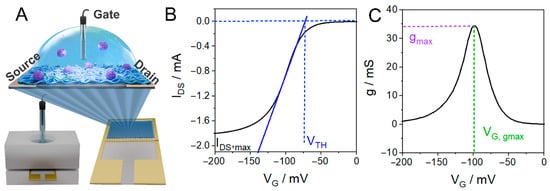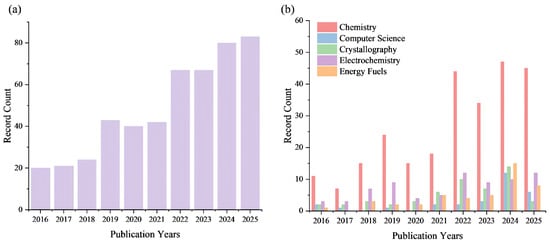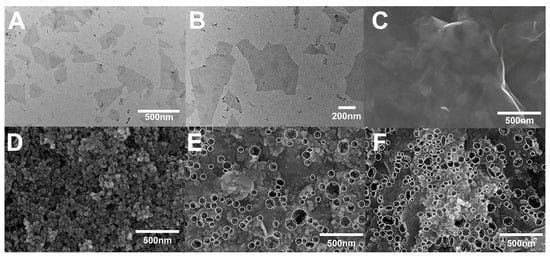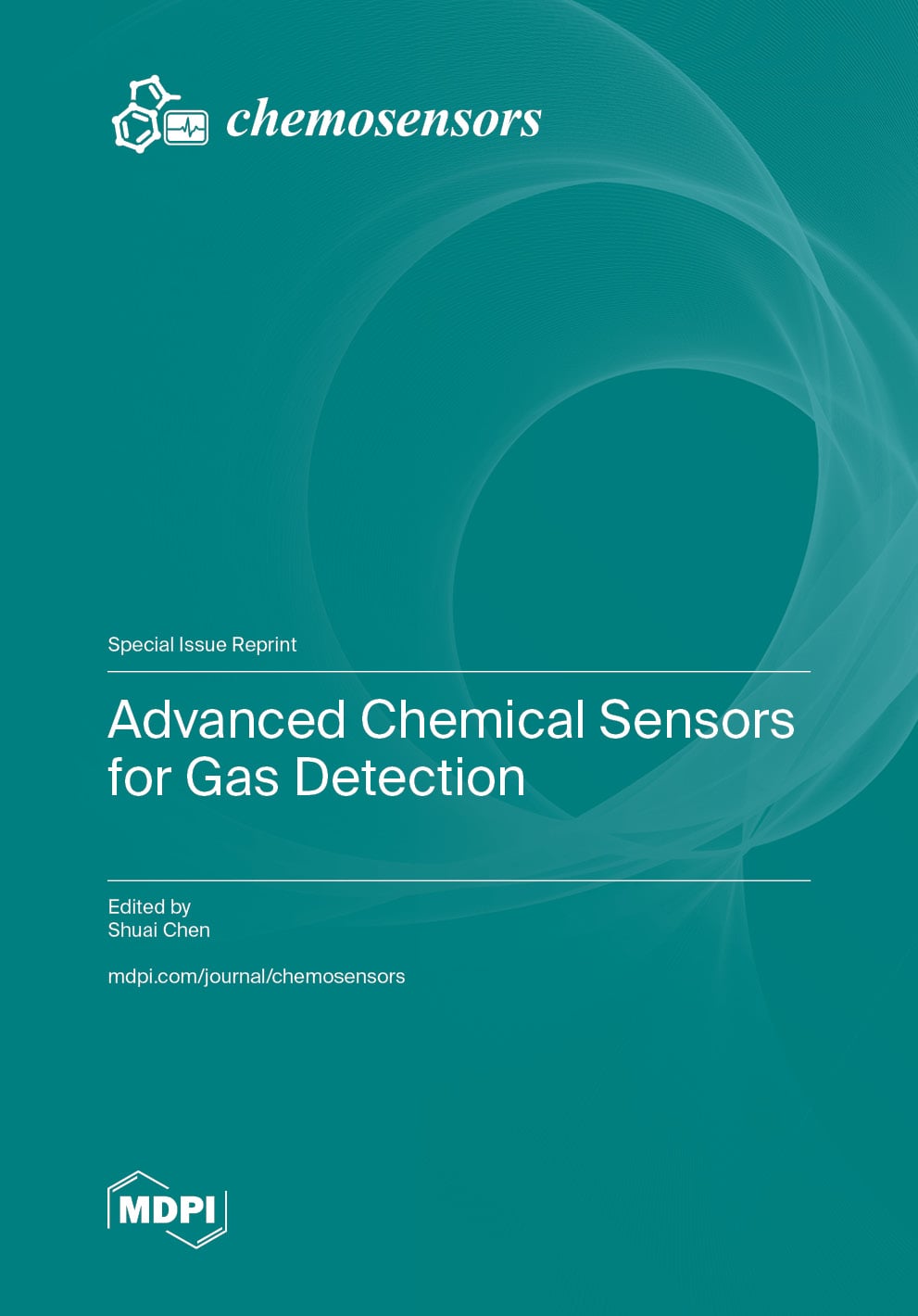- Article
Simultaneous Multiparameter Detection with Organic Electrochemical Transistors-Based Biosensors
- Marjorie Montero-Jimenez,
- Jael R. Neyra Recky and
- Omar Azzaroni
- + 2 authors
We present a methodology that enhances the analytical performance of organic electrochemical transistors (OECTs) by continuously cycling the devices through gate potential sweeps during sensing experiments. This continuous cycling methodology (CCM) enables real-time acquisition of full transfer curves, allowing simultaneous monitoring of multiple characteristic parameters. We show that the simultaneous temporal evolution of several OECT response parameters (threshold voltage (VTH), maximum transconductance (gmax), and maximum transconductance potential (VG,gmax)) provides highly sensitive descriptors for detecting pH changes and macromolecule adsorption on OECTs based on polyaniline (PANI) and poly(3,4-ethylenedioxythiophene) (PEDOT) channels. Moreover, the method allows reconstruction of IDS–t (drain–source current vs. time) profiles at any selected gate potential, enabling the identification of optimal gate voltage (VG) values for maximizing sensitivity. This represents a substantial improvement over traditional measurements at fixed VG, which may suffer from reduced sensitivity and parasitic reactions associated with gate polarization. Moreover, the expanded set of parameters obtained with the CCM provides deeper insight into the physicochemical processes occurring at both gate and channel electrodes. We demonstrate its applicability in monitoring polyelectrolyte and enzyme adsorption, and detecting urea and glucose through enzyme-mediated reactions. Owing to its versatility and the richness of the information it provides, the CCM constitutes a significant advance for the development and optimization of OECT-based sensing platforms.
9 January 2026







